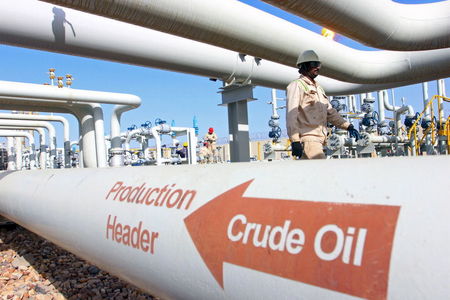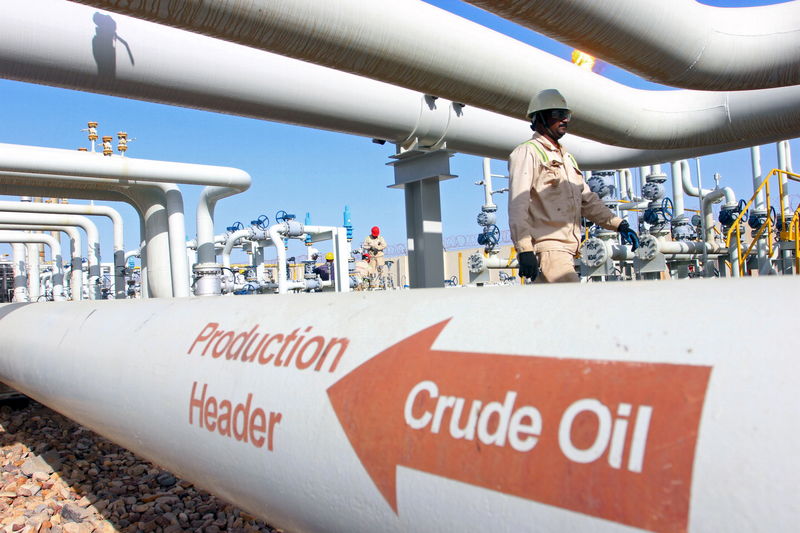Commodities
China’s declining oil demand impacts global markets – Citigroup


© Reuters.
China’s decreased oil demand is playing a significant role in the global oil market, countering recent crude price surges, according to Citigroup (NYSE:). Analysts there highlighted this shift on Monday, underscoring China’s growing significance in the oil markets, now comparable to OPEC+.
They pointed out that China has been transitioning from expensive crude imports to refined product exports and has amassed sizable oil inventories that exceed the 90-day global standard. This shift is suppressing oil price increases despite OPEC+’s supply cuts.
In addition to China’s pullback, overlooked new supplies from Iran, Iraq, Libya, Nigeria, and Venezuela have also been noted by the analysts as factors contributing to the current market dynamics. These sources of supply were not adequately considered by OPEC and the International Energy Agency (IEA), according to Citi.
Looking ahead, the analysts predict a surplus in the 2023 oil market with prices potentially plunging to the low $70s per barrel. This is attributed to China’s pullback and fears of a US economic slowdown. They reminded that oil prices have recently slipped below $90 a barrel.
The declining oil demand in Europe and the United States was also recognized by the analysts as a factor suppressing crude price surges. As these major economies grapple with their respective challenges, their reduced demand for oil is impacting the global market.
In summary, China’s evolving role and behavior in the global oil market are becoming increasingly important. The country’s shift away from costly crude imports towards refined product exports and its large oil inventories are influencing global prices and supply dynamics.
This article was generated with the support of AI and reviewed by an editor. For more information see our T&C.
Commodities
Oil prices rise; U.S. crude inventories plunge, Russia-Ukraine truce eyed
Commodities
India’s Reliance to stop buying Venezuelan oil over US tariffs, sources say
Commodities
Oil prices climb on Venezuela supply worries

 Forex3 years ago
Forex3 years agoForex Today: the dollar is gaining strength amid gloomy sentiment at the start of the Fed’s week

 Forex3 years ago
Forex3 years agoUnbiased review of Pocket Option broker

 Forex3 years ago
Forex3 years agoDollar to pound sterling exchange rate today: Pound plummeted to its lowest since 1985

 Forex3 years ago
Forex3 years agoHow is the Australian dollar doing today?

 Cryptocurrency3 years ago
Cryptocurrency3 years agoWhat happened in the crypto market – current events today

 World3 years ago
World3 years agoWhy are modern video games an art form?

 Commodities3 years ago
Commodities3 years agoCopper continues to fall in price on expectations of lower demand in China

 Economy3 years ago
Economy3 years agoCrude oil tankers double in price due to EU anti-Russian sanctions

























